Repair mixes for concrete: product characteristics
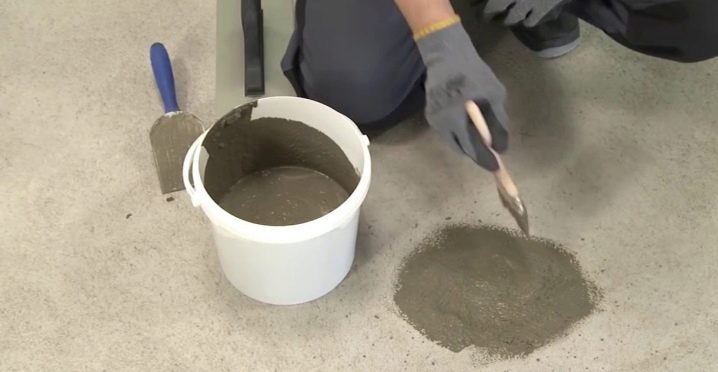
One of the most popular materials used in construction work is concrete. It is very durable and retains its properties over a long period of use. But, like any material, over time it may require correction. To eliminate problems such as the appearance of cracks and cracks, special solutions are used. They are called concrete repair mixes.
If the surface begins to deteriorate, you can face such a nuisance as dusting. Its main reasons are violation of concrete pouring technology, heavy loads, low-quality masonry mix and mechanical stress. Loads and significant temperature changes can also lead to cracks. The shrinkage process can also contribute to the formation of deformations.
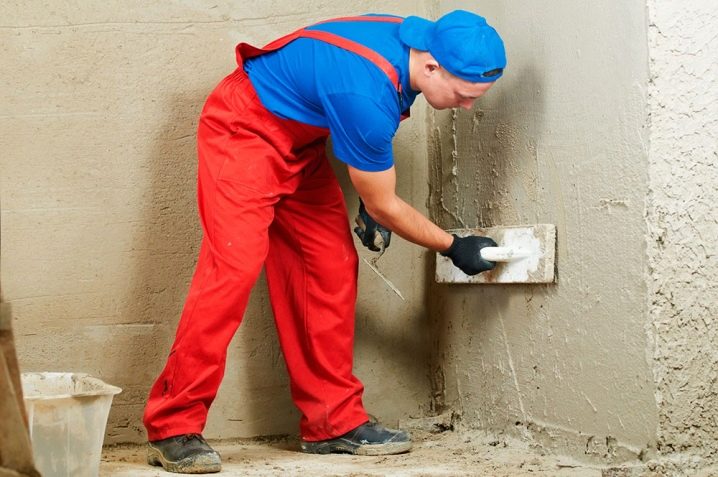
The repair mixture helps to eliminate defects, to fill the gaps and cracks that have appeared. Each of the types of this material has its own distinctive features, properties and specifics of application, which you need to familiarize yourself with before purchasing the material.
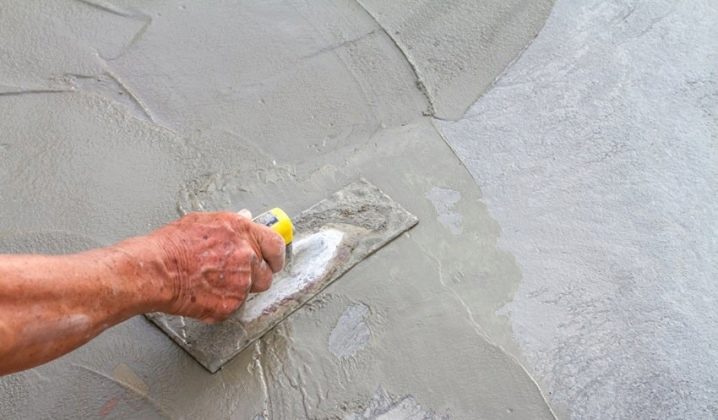
Features of mixes for concrete
The choice of repair mixes today is quite extensive and widely represented on the market. They are divided into two types with a difference in properties.
The first type includes bulk mixtures. They have the deepest penetration due to their increased fluidity. The use of such mixtures is advisable only on horizontal surfaces.
The second type is dry formulations. Before work, they are mixed with water, obtaining a viscous mixture that is not subject to shrinkage and delamination. Due to its plasticity, it fills the deformed areas and does not flow out of them, and also hardens in a short period of time. The content of fiber in such compositions is an additional advantage, since it increases the strength of the base.
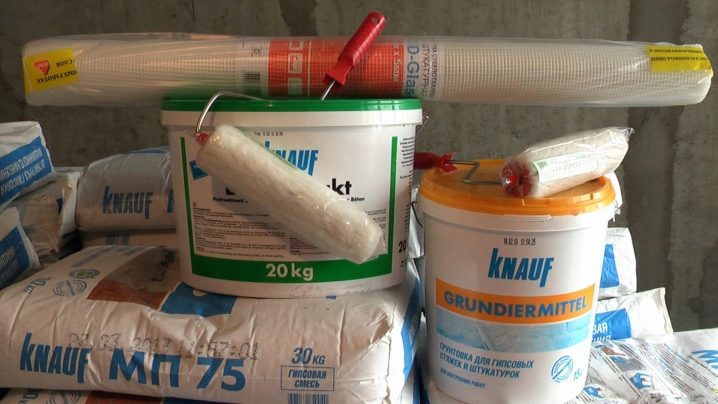
Dry formulations are characterized by frost resistance and increased strength, they are also completely non-toxic, which expands the range of their use.
The moisture resistance of the mixture allows it to be used for waterproofing concrete and when working with aerated concrete. Given the wide range of characteristics and properties, these mixtures belong to a higher price category.

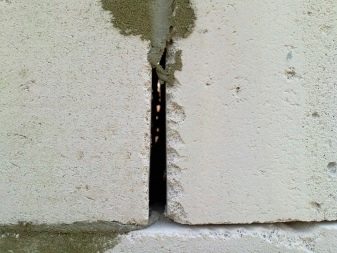
Mixture application technology
As with any work, before applying the repair mixture, it is necessary to clean the surface, removing dust and debris from the deformed areas. This will make it possible to determine the required amount of material. After that, the crack deepens by about 5 centimeters. The reinforcement cage is thoroughly cleaned, which is subsequently covered with anti-corrosion primer.
Deep cracks will need additional reinforcement. Then dust is removed and the treated areas are moistened.
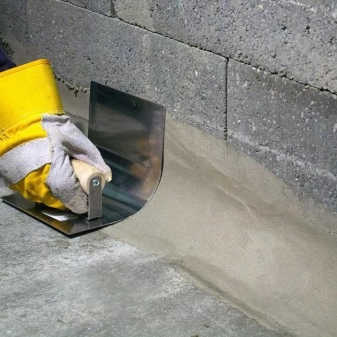

You can prepare the mixture for repair work yourself.
In order to give it a uniform consistency, it is better to use an electric mixer or a concrete mixer.
Further actions depend on the type of material used.

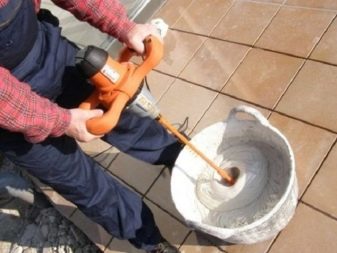
The treated surface must be smoothed out with a steel trowel, masking defects and irregularities. After the mixture has set, which will take about half an hour, this action must be repeated.
To prevent cracks from appearing on the applied material, it should be damp for about a day. When exposed to high temperatures, this condition must be extended to three days.For humidification, you can use a spray bottle or a regular hose with water. Next, the treated area must be covered with a waterproof material.
When carrying out the above work, it must be borne in mind that drafts and sudden temperature changes can interfere with a thorough and uniform drying of the composition.


Manufacturers
The construction market offers a number of manufacturers of repair mixes for concrete, among which the following companies are especially popular:
- Ceresit is one of the most popular brands among concrete repair mixes. The range of its positive properties is very wide. The composition is distinguished by the absence of shrinkage, calmly tolerates the effects of negative temperatures and water. The mixture is applied in layers of 5-35 millimeters. It is plastic due to its viscosity, it is able to reliably fill all cracks and cracks, therefore it is used when working on both horizontal and vertical surfaces. It tolerates mechanical loads well, it is used both for internal and external work.

The mixture is applied to cement-sand screeds made no more than a month ago. The age of concrete to be repaired with this material should not exceed 3 months. The work is recommended to be carried out within the temperature range from 5 to 30 degrees.
Since the mixture sets quickly, it must be applied as quickly as possible, a maximum of 5 minutes after mixing.
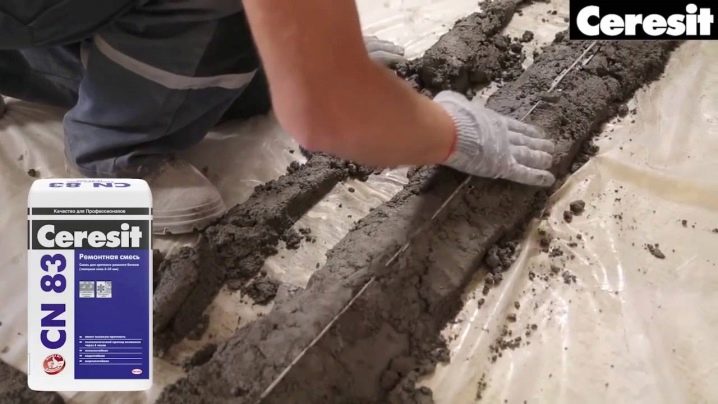
To prepare the composition, water is taken at a temperature of 15-20 degrees, into which the mixture is gradually added. For 3 liters, you need about 25 kilograms of the mixture. If the volume of water exceeds the required limits, this can adversely affect the strength and durability of the material. After laying on a wet, previously prepared layer, the mixture is leveled to smooth out irregularities and imperfections.
Ceresit compounds have several grades, the main difference of which is their grain size. Mixtures CD 22, 23, 25, 26 and CN 83 are isolated.
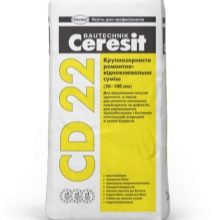
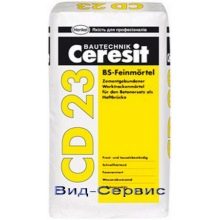
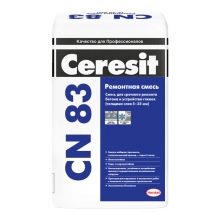
- ICBM Is a gray dry composition. It is based on Portland cement, and sand is used as an aggregate. For 1 kilogram of dry mixture, about 0.2 liters of water is taken. The composition is applied in a layer 50 millimeters thick. It does not pick up too quickly, but the work must be done within an hour. The mixture will finally harden in about a day.
Particularly popular is the composition of the MBR-300 "Mountain Khrustalnaya". It can be used both in the construction of objects and in their subsequent repair. The fiber content increases the positive properties of the material. It is used on vertical and horizontal surfaces and has good compatibility with materials made of reinforced concrete, brick, stone and concrete.
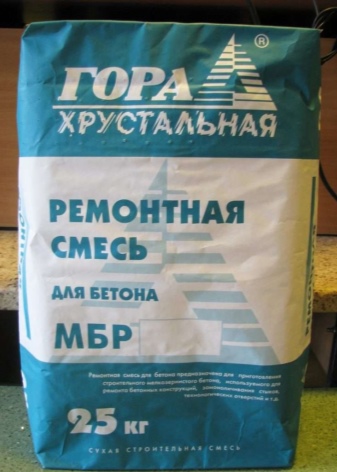
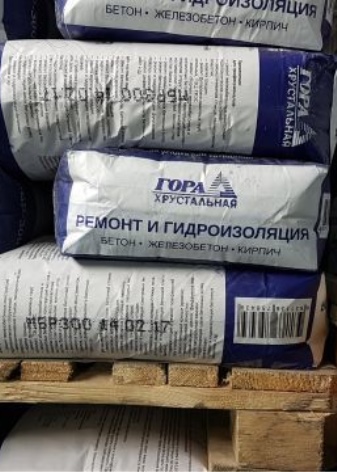
For work carried out in the cold season, it is recommended to use the composition of the MBR 300M. It contains antifreeze additives, which is important in winter.
The material practically does not shrink, has good water resistance, frost resistance, firmly adheres to the surface. This composition can be prepared and applied independently, subject to technology compliance. No specialized skills are required for its installation.
The mixture can be used both during construction and during repairs. It does not require additional priming and leveling, and the application process usually does not cause problems. The curing process is fast enough. Also, an undeniable advantage is the relatively low price in comparison with similar materials. It is used both for self-carried out repairs and for the work of professional craftsmen.
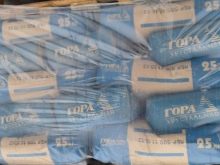
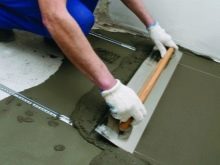
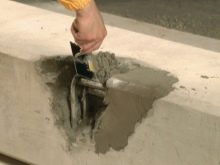
- Emaco. The Russian manufacturer of this mixture enjoys well-deserved respect in wide circles. Provides a wide range of products for the repair of concrete foundations. Different types of materials are used for damages of varying degrees and cracks with a depth of 5 millimeters to more than 25 centimeters. For minimal damage and deformation, it is recommended to use Emaco N 5100.For small chips and peeling, the brands Emaco N 900 and Emaco N 5200 are used. Cracks up to 2 millimeters in width and up to 40 in depth, as well as the appearance of rust, require the application of Emaco S 488 PG, S 5400 and S 488 compounds. cracks up to 10 millimeters deep, can be repaired with Emaco T1100 TIX, S560FR and S 466. For the most severe damage, when reinforcement can be exposed and corrosion appears, it is recommended to use Nanocrete AP.

- Bars - a well-known brand, whose products are used in construction and repair work of various specifics. It is even used to renovate old concrete pavements. Bars products are used when working with both horizontal and vertical surfaces. This can be achieved due to the viscous consistency of the material, which makes it easy to use and does not create additional problems during application. It is produced in the form of both bulk and dry mixtures. One of the most popular is the thixotropic composition Bars 102 B45. It is applied on a previously prepared base with a layer 2-4 centimeters thick. Does not shrink, adheres perfectly to the surface. This mixture is in the middle price category.
When working where it is necessary to eliminate leaks, it is recommended to use the Consolit Bars compound. It is characterized by high strength, and due to the fact that it is a self-expanding mixture, it perfectly relieves such problems.
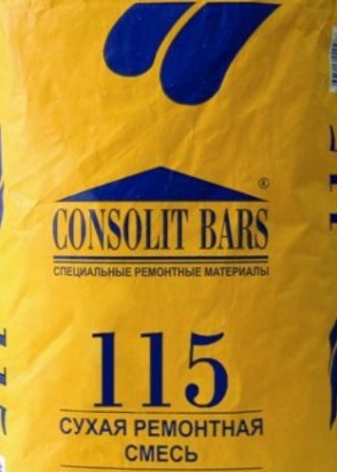
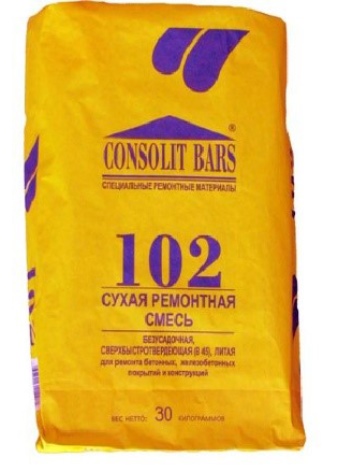
How to choose the right one
A cement-based repair mixture can be made independently, however, a wide selection of materials on the construction market allows you to use ready-made, high-quality material in different price categories.
The fundamental point in choosing the type and grade of the composition that is supposed to be used in the work is the type of defect and its size, as well as what kind of load on the object will be given in the future. In the case when it is necessary to strengthen the base of the structure, it will be advisable to apply a deep penetration primer. For working with vertical surfaces, it is optimal to use dry mixes due to their ease of use.
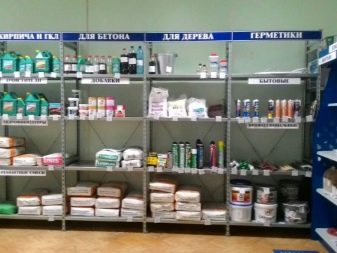
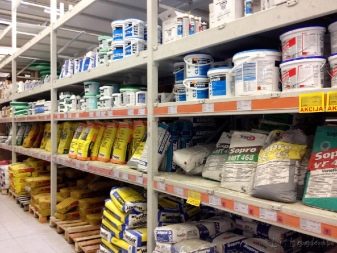
If you just need to reinforce the surface, it is best to use materials that have the best adhesion characteristics.
For filling cracks, mixtures containing fiber are perfect. Also, when choosing a mixture for work, it will not be superfluous to study the information on the label, which indicates the period for which the composition solidifies, its required consumption and other useful characteristics.
How to properly prepare and apply a repair mixture using the example of Ceresit CN83, see the following video.













The comment was sent successfully.